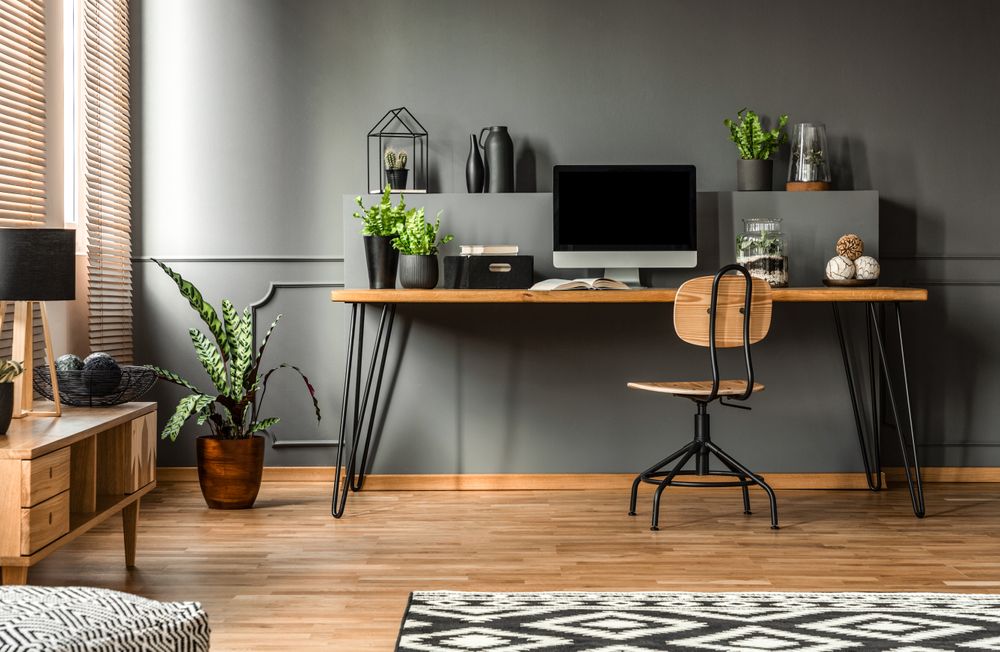furniture
Creating a productive home office: Choosing the right furniture

Creating a productive home office requires careful consideration of numerous elements, with furniture selection playing a key role. The choice of furniture can have a significant impact not only on the aesthetics, but also on the functionality and overall efficiency of your workspace.
Creative and ergonomic home office design
In the modern era of remote working and flexible employment arrangements, the concept of the home office has taken on a new importance. In addition to being a functional workspace, today’s home office is expected to foster creativity and promote ergonomic well-being. Achieving this balance between creativity and ergonomics in home office design is a multifaceted endeavour involving several considerations.
A key aspect of creative and ergonomic home office design is the careful selection of furniture and layout. Ergonomics is at the forefront, with an emphasis on comfortable seating, a standing desk and proper lighting to reduce strain on the body during long working hours.
However, this does not mean that aesthetics are sacrificed. Modern design principles can be seamlessly integrated into the workspace to create an inspiring atmosphere that encourages innovation and productivity.
In addition, the strategic placement of plants, artwork and personal touches can add a sense of creativity to the environment, helping to stimulate fresh ideas and maintain motivation.
Ultimately, a well-balanced home office design combines the practicality of ergonomics with the inspirational elements of creativity, resulting in a space that encourages both productivity and personal expression.
The right lighting for home office productivity
Effective lighting is a critical factor in optimising productivity and overall well-being in a home office environment. The appropriate lighting can have a significant impact on your ability to focus, reduce eye strain and maintain a comfortable atmosphere for long working hours.
Firstly, it’s important to understand the two main categories of lighting: ambient lighting and task lighting. Ambient lighting, often in the form of ceiling or wall luminaires, serves as the basic illumination of the room and provides a uniform level of light.
However, relying solely on ambient lighting can lead to problems such as glare or shadows, which can strain the eyes and reduce efficiency.
This is where task lighting comes in. Task lighting is more focused and tailored to illuminate your work surface or specific tasks. Desk lights, under-cabinet lighting and adjustable luminaires can all be used as task lighting sources.
By strategically placing task lighting in your home office, you can reduce eye fatigue and improve your ability to concentrate on your work. When choosing the right task lighting, consider the type of work you do and the specific tasks you perform.
For example, if you work primarily at a computer, a desk lamp with adjustable brightness and colour temperature can help reduce screen glare and provide more personalised lighting conditions.
The colour temperature of your lighting can also have a profound effect on your home office environment. Cool white light is often associated with focus and productivity, making it suitable for tasks that require a high level of concentration.
On the other hand, warm white light creates a cosy, comfortable atmosphere that can be ideal for relaxation or creative thinking. A balance between these two types of lighting, such as a combination of cool white task lighting and warm white ambient lighting, can provide versatility and adaptability to your workspace, allowing you to adjust the lighting to suit your current task and mood.





















































